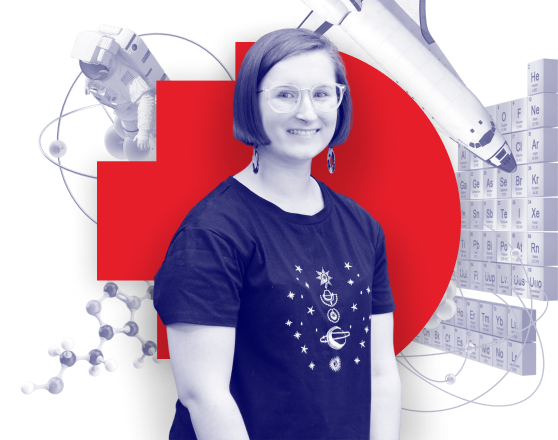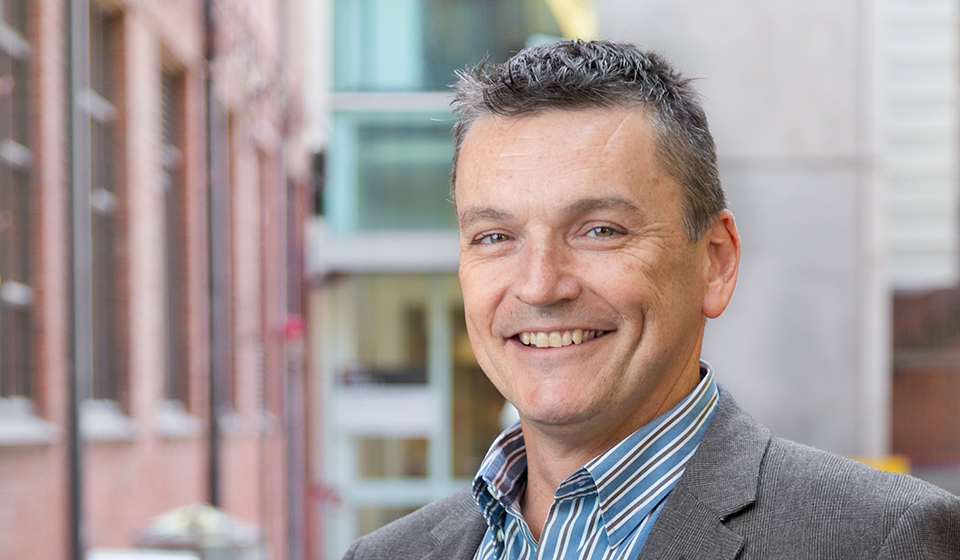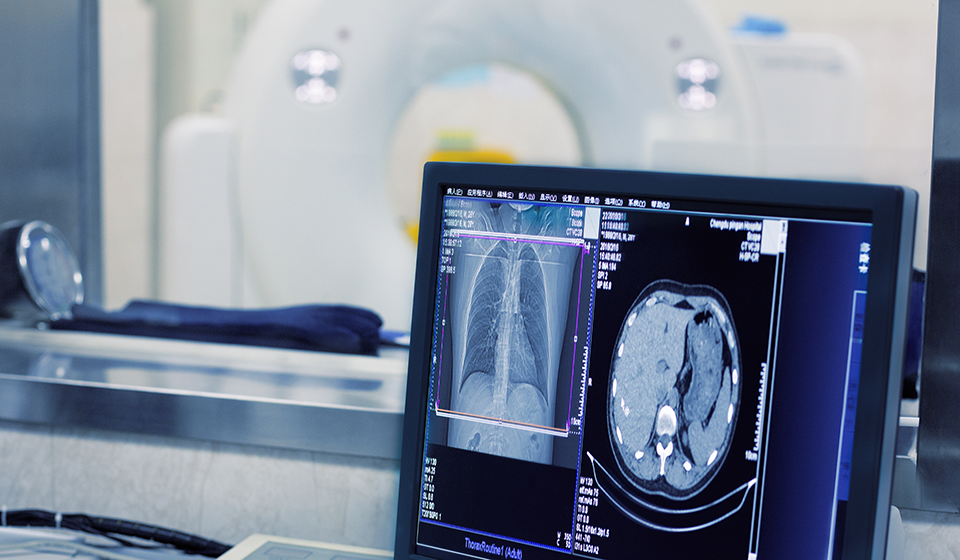The Master of Medical Physics is closely linked with all major Melbourne hospitals through teaching and research collaborations.
Other organisations, such as radiation protection authorities, research facilities, government agencies and private industries are also closely connected employers of our graduates.
Subjects taught in this degree have been developed in consultation with practising professionals in the fields of radiotherapy, oncology, medical imaging, nuclear medicine, and radiation protection.
Work-integrated learning (WIL) is embedded throughout this degree, via course content, guest speakers, industry designed assessments and in the research project.
You’ll either identify a research project from a workplace scenario you have encountered or will select from topics proposed by your academic supervisors and industry collaborators in relation to their research activities or clinical responsibilities.
Your capstone research project will have an industry consultant as a co-supervisor, who will help guide the project and jointly assess the project outcomes with your academic supervisor. You will be encouraged to spend time immersed in the industry environment, liaising and interacting with experienced professionals. This experience enables you to get to know a range of workplaces and to connect with potential future employers.
Students present their project outcomes at a special seminar night held by the Australasian College of Physical Scientists and Engineers in Medicine. This calendar highlight welcomes an audience of medical physics professionals to RMIT, eager to meet the next generation of up-and-coming scientists.






